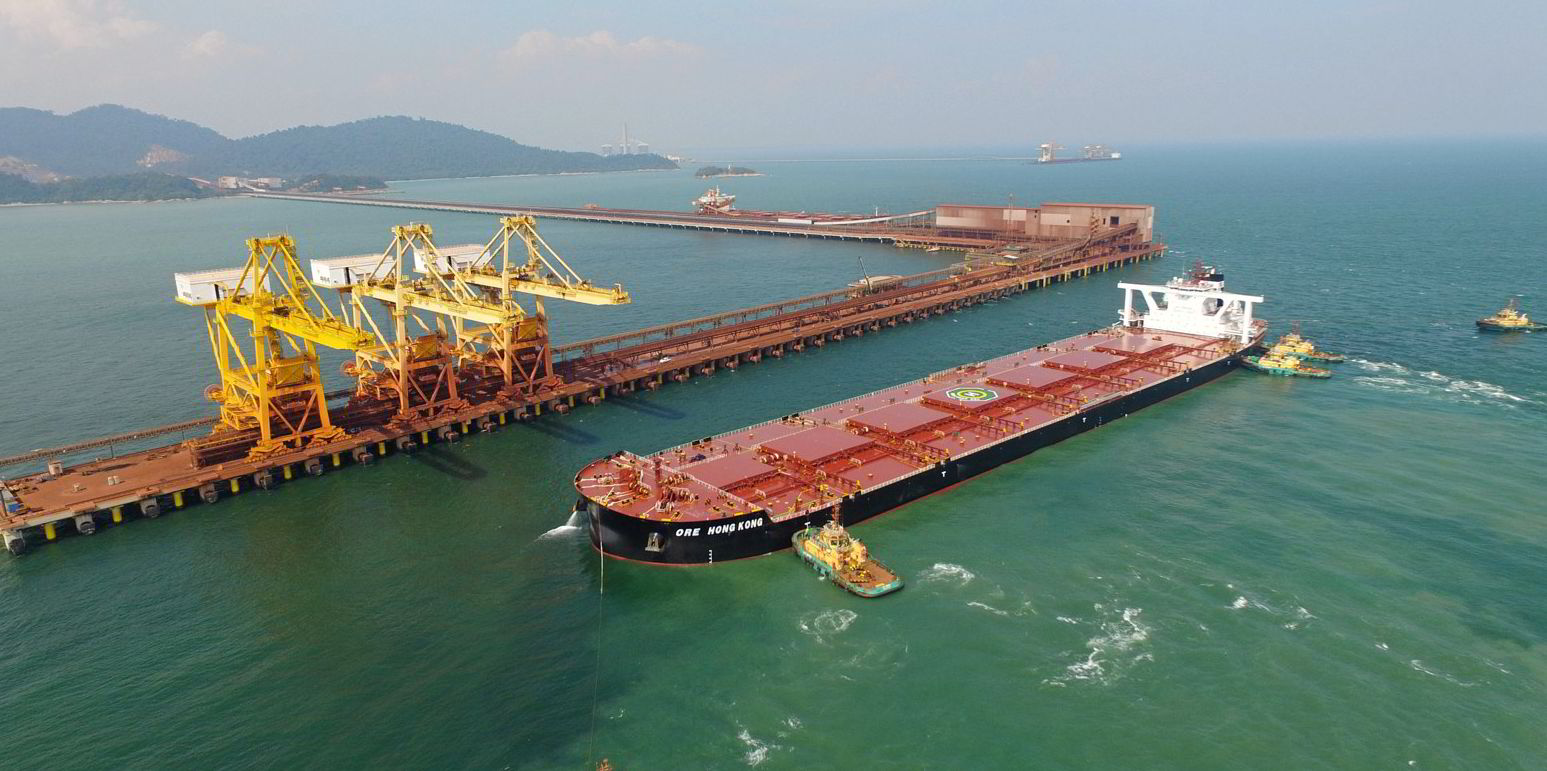There is not a lot going on in the spot market for capesize bulkers right now, which has resulted in big-money adjustments to freight-rate assessments.
Baltic Exchange panellists deducted $2,021 from their assessment of average capesize spot rates across five benchmark routes (5TC) on Tuesday, which they put at $20,389 per day.
This follows a $1,133 cut to the estimate on Monday, meaning the assessment has lost 13% of its value since the end of last week.
The 5TC has fallen each consecutive trading day since last Thursday.
For reasons, simply look at the reported fixtures — which should not take long. There have not been many.
There has been a trickle of iron ore fixtures from Australia, plus a few deals for loadings in South Africa and Canada, all reported at successively lower rates.
One new iron ore fixture came to light on Monday, when Rio Tinto — said to be the only major miner active in the market right now — reportedly booked an unnamed capesize for a voyage from Western Australia to China for $11.20 per tonne, loading from 7 May.
This is $0.90 per tonne less than Oldendorff Carriers agreed to pay on Friday when it booked Berge Bulk’s 182,200-dwt Berge Gasherbrum (built 2022) for a China trip from Western Australia. Loading will begin at Port Hedland on 4 May.
Interestingly, the freight derivatives market showed little reaction to the drop in the physical index on Tuesday.
Most capesize contracts were trading more or less flat on Monday’s closing prices as of noon in London. Bids for April and May contracts were down by a few hundred dollars, while paper for June onwards was up by a few hundred dollars.




